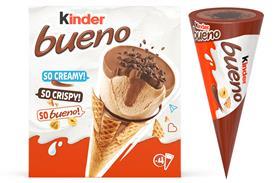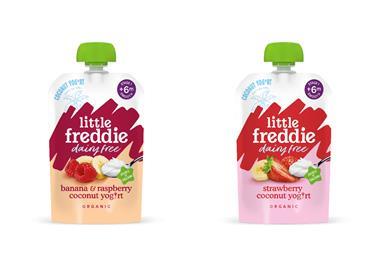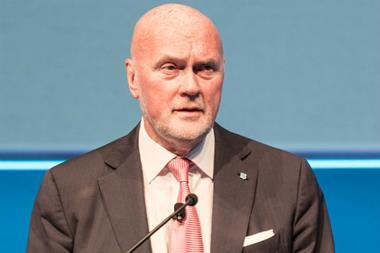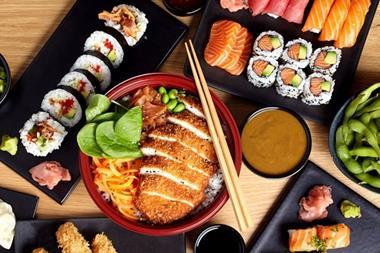Now that Yo! Sushi has become the first restaurant to adopt traffic-light labelling, the FSA is hoping other restaurants will follow suit.
The FSA's line of argument is that if the nation really wants to address the obesity agenda, it is no good just encouraging retailers and manufacturers to introduce nutrition labelling or reformulate: restaurants, pubs and fast food chains need to get on board, too. After all, a third of all money spent on food and drink is spent outside the home. But are traffic lights really the answer?
Government has made no bones of the fact it wants greater clarity of nutrition content in the foodservice sector and that it is prepared to legislate to get it. In its Healthy Weight, Healthy Lives report, in January, it proposed a 'Healthy Food Code of Practice' calling for "information on the nutritional content of food in a wide range of settings (for example, theme parks, visitor attractions, restaurants and takeaways) to be clear, effective and simple to understand".
However, while foodservice operators and their wholesale suppliers agree there's a need for greater transparency, they say there is no need for legislation because they are already taking action voluntarily. Many restaurateurs feel that traffic lights are impractical in a restaurant context - unless consumers want the standard menu to be double the length it currently is. Anyhow, they add, what's wrong with GDAs?
The biggest fast food operator, McDonald's, says it has included nutritional information on tray liners for more than 20 years and GDAs on packaging for 18 months. It also has a nutrition calculator on its website so consumers can work out the total nutritional value of a meal made up of any combination of its products.
McDonald's has also hit the reformulation trail hard. It now uses 140 tonnes less salt a year than four years ago. Chicken McNuggets contain 30% less salt than in 2004, fries 24% less and burger buns 20%.
Research into cutting fat and sugar levels is under way, though reductions are tougher to achieve because of customer expectations, says Lorraine Homer, media relations manager at McDonald's. "The main reason people come to us is taste," she says.
Rival Burger King, which no longer adds salt to fries and has cut the salt in its chicken bites by 50%, has not sat by idly. It launched an initiative called "Have it Your way - Food You Can Trust" last month.
"The programme will help cut fats, saturated fats, salt, artificial additives and preservatives, and provide better communication to customers," says a spokeswoman.
Pizza Hut also says it has cut the salt added to its products, by 30%, and remains committed to meeting government targets. "We're working with the FSA to communicate this on our menus," a spokesman says.
And roadside favourite Little Chef is also preparing to unveil details of its own drive to improve the health profile of its offer.
The multiple fast food chains are, of course, only part of the picture. Burger restaurants represent just 8% of the value of the eating-out market, according to Mintel. The challenge is to reach the thousands of independent caterers, from burgers vans to Chinese takeaways and high-end restaurants. Pubs, hotels and traditional sit-down restaurants are particularly important since they represent 51% of the market.
Major foodservice suppliers have a key role to play. Brakes has a successful own-label range, Healthy Choices, which was launched four years ago and includes products lower in salt, fat and sugar, while trans fats were removed from all its products at the start of 2008. Anything sold packaged to customers, such as sandwiches, now carries front-of-pack GDAs. "We've been working for years to offer our customers healthy choices," says Brakes PR manager Simon Henrick. "It's now intrinsic to our business."
Meanwhile, the British Hospitality Association, the trade body for caterers, says it is working with the FSA on improving its Healthy Living Award scheme, under which restaurants and takeaways in Scotland that have met certain standards in terms of offering healthy options and cutting salt and fat can display a green apple logo. More than 700 establishments qualify and the BHA would like to roll the scheme out nationally. However, there are limits to what can be done in foodservice, warns BHA food and technical affairs adviser John Dyson. "You may have 75 items on a menu and it's not practical to list nutritional details of all those, but a lot of work is going on back of house," he says.
Whether traffic lights work in a supermarket environment remains debatable. Whether they will work in foodservice is even more so.n


















No comments yet